
In light of the urgent need to address environmental issues, electric vehicles (EVs), which emit no exhaust gases including CO2, are gaining attention worldwide. In recent years, EVs have started to become more widespread in Japan as well, though adoption is often said to lag behind other countries. Foreign residents in Japan may consider purchasing an EV if they need a car, but it’s true that the selection of electric vehicles available in Japan is relatively limited.
This article will explain the EV adoption rate in Japan and where you can charge an EV. For foreigners planning to live in Japan, this will be a useful reference.
Background of EV Adoption Worldwide

The background for the promotion of the EV industry is linked to global warming concerns. If global warming continues at its current rate, the average global temperature could rise by 2.6–4.8°C, which would certainly have a significant impact on the environment. Vehicle exhaust gases emit large amounts of CO2 and are one of the global contributors to climate change. To build a sustainable society for the future, we must work on reducing CO2 emissions, one of the primary causes of climate change.
EV Adoption Rate in Japan
Here are the adoption statistics for passenger cars in 2023. According to the Japan Automobile Dealers Association, around 44,000 new EVs were sold in 2023, accounting for approximately 1.66% of new car sales.
- In 2020: 0.59% (approximately 15,000 vehicles)
- In 2021: 0.88% (approximately 21,000 vehicles)
- In 2022: 1.42% (approximately 32,000 vehicles)
Although the adoption rate has been gradually increasing, EVs are still far from being widespread compared to gasoline and hybrid vehicles.

Why Are Electric Vehicles (EVs) Not Widespread in Japan?
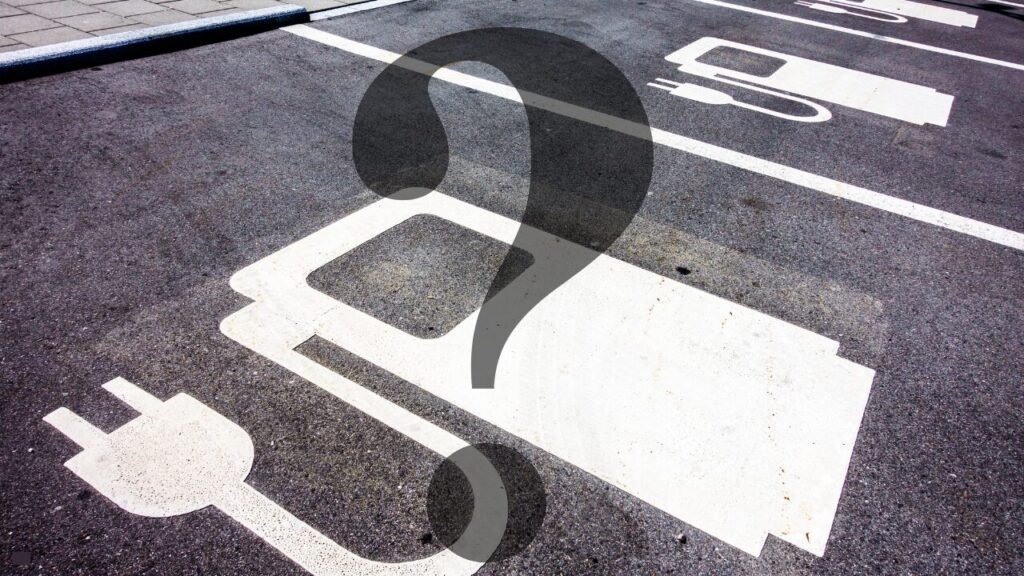
Compared to other countries, Japan is notably lagging in the adoption of electric vehicles. Factors hindering the spread of EVs in Japan include a lack of charging infrastructure, the higher purchase price of EVs compared to gasoline vehicles, shorter driving range, long charging times, and the need to standardize charging infrastructure. Charging infrastructure is a key element in promoting EVs, yet it is still insufficient in Japan, especially in rural areas where the development of charging stations is delayed.
From the perspective of many Japanese people:

Taking long trips in an electric vehicle is risky. There may be nowhere to charge if the battery runs out, and even if there is, it’s often crowded and inconvenient.

Although there are charging points on highways, they seem to always be busy.

While there are places to charge in urban areas, rural areas have very few charging options.
In reality, there are still few places to charge, and with electricity costs rising, hybrid and plug-in hybrid vehicles are more popular than electric vehicles.
Advantages of Electric Vehicles (EVs)

Environmentally Friendly
Since EVs emit no carbon dioxide or air pollutants during operation, they are considered environmentally friendly vehicles. However, the impact on carbon emission reduction largely depends on how the electricity used to power EVs is generated.
Low Noise and Vibration with Powerful Performance
One appealing feature of electric vehicles is their low noise and vibration while driving. This allows for quieter operation even in the early morning or late at night. Additionally, the low vibration helps reduce driver fatigue during long drives.
Emergency Power Source in Disasters
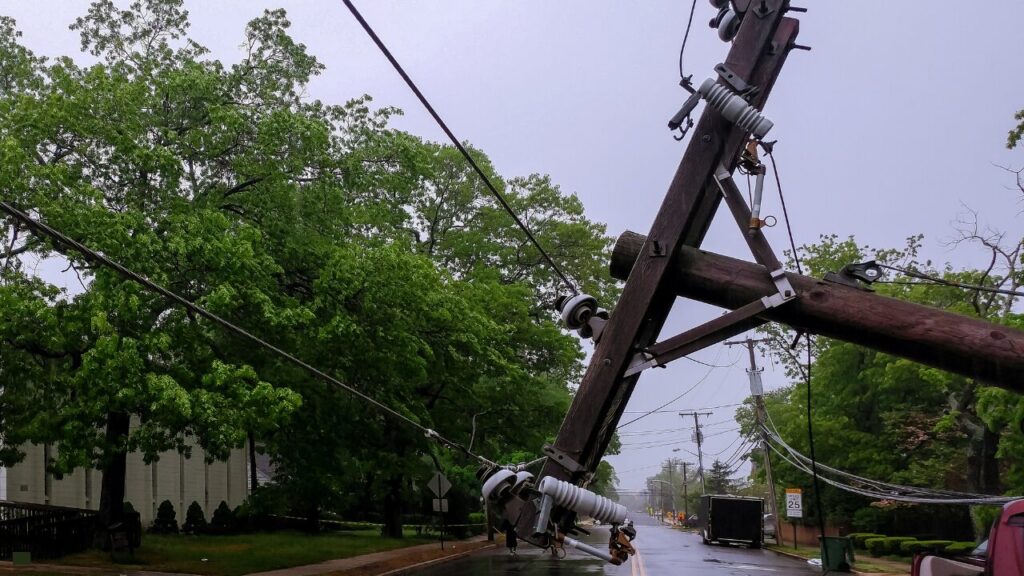
Many electric vehicles can be used as an emergency power source in the event of a power outage during a disaster by connecting additional equipment that enables external power supply.
Subsidies Available for Purchase
The government supports the adoption of electric vehicles as clean cars, providing subsidies for new EV purchases. In 2023, the maximum subsidy amount is ¥850,000 for electric vehicles and ¥550,000 for light EVs.
Where Can EVs Be Charged?
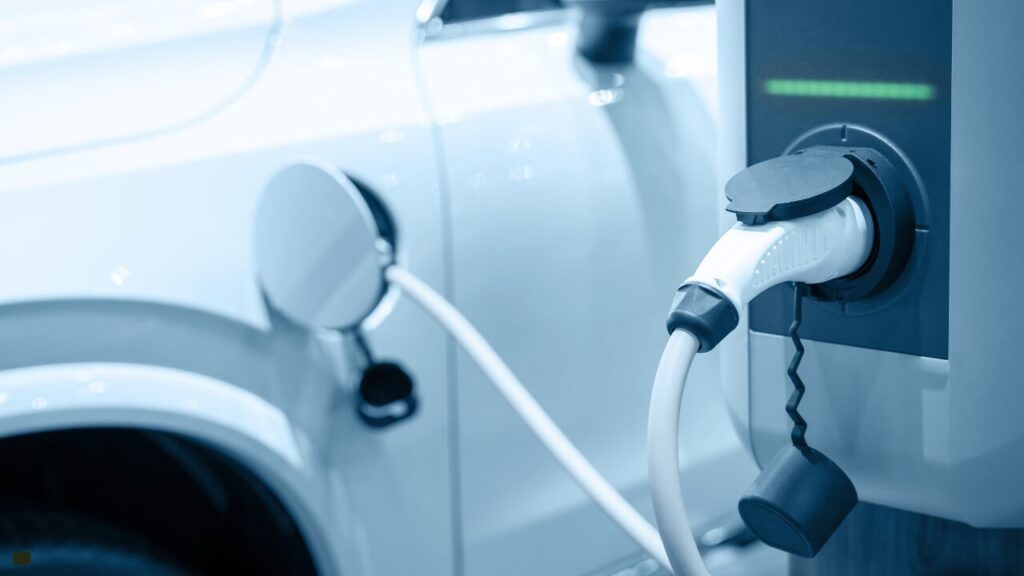
Here are some common locations with charging stations for electric vehicles:
- Gas stations
- Shopping malls and department stores
- Convenience stores
- Car dealerships
- Auto parts stores like Autobacs
- Highway rest areas
- Hotels
Long-Term Parking at Charging Stations is Inconsiderate
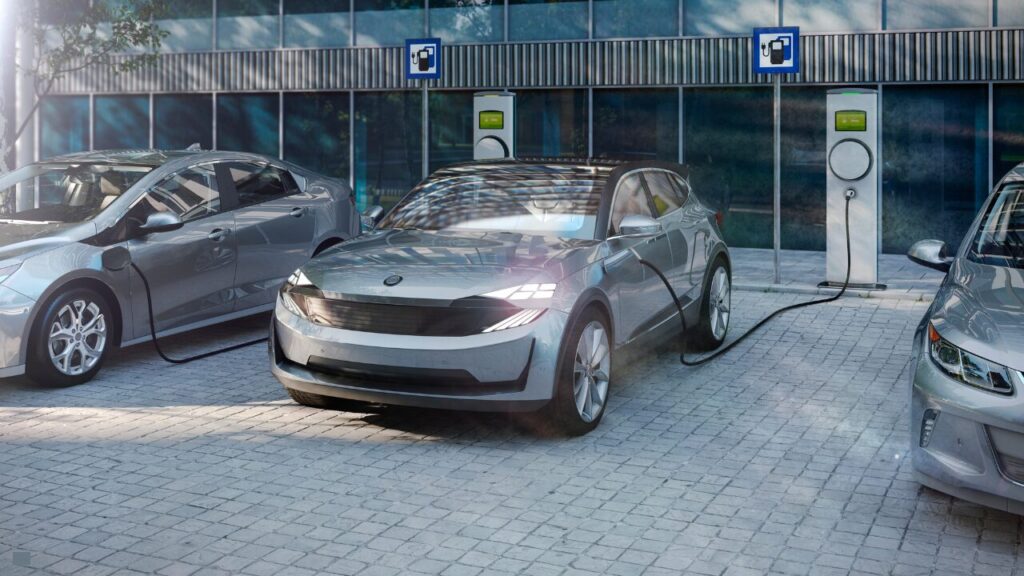
Leaving the vehicle during charging is generally acceptable if the car is locked. However, leaving it parked after charging is complete inconveniences other users. To be considerate of others, set an alarm on your smartphone or use another reminder so you can promptly vacate the charging space once charging finishes.
Few Electric Vehicle Rentals Available

In Japan, electric vehicles (EVs) are still not widely adopted, and the infrastructure for charging is also underdeveloped. As a result, most rental car companies do not offer EVs for rent. Additionally, crucial information such as where EV charging facilities are located is often not available in multiple languages, which could pose challenges for foreign visitors. The government aims to establish 300,000 charging stations, including 30,000 public rapid chargers, by 2030, but the charging infrastructure is still a long way from being fully established.
Therefore, when renting a car in Japan or considering a vehicle purchase, it may be wiser to choose a hybrid or plug-in hybrid vehicle if there are no charging facilities near your residence.


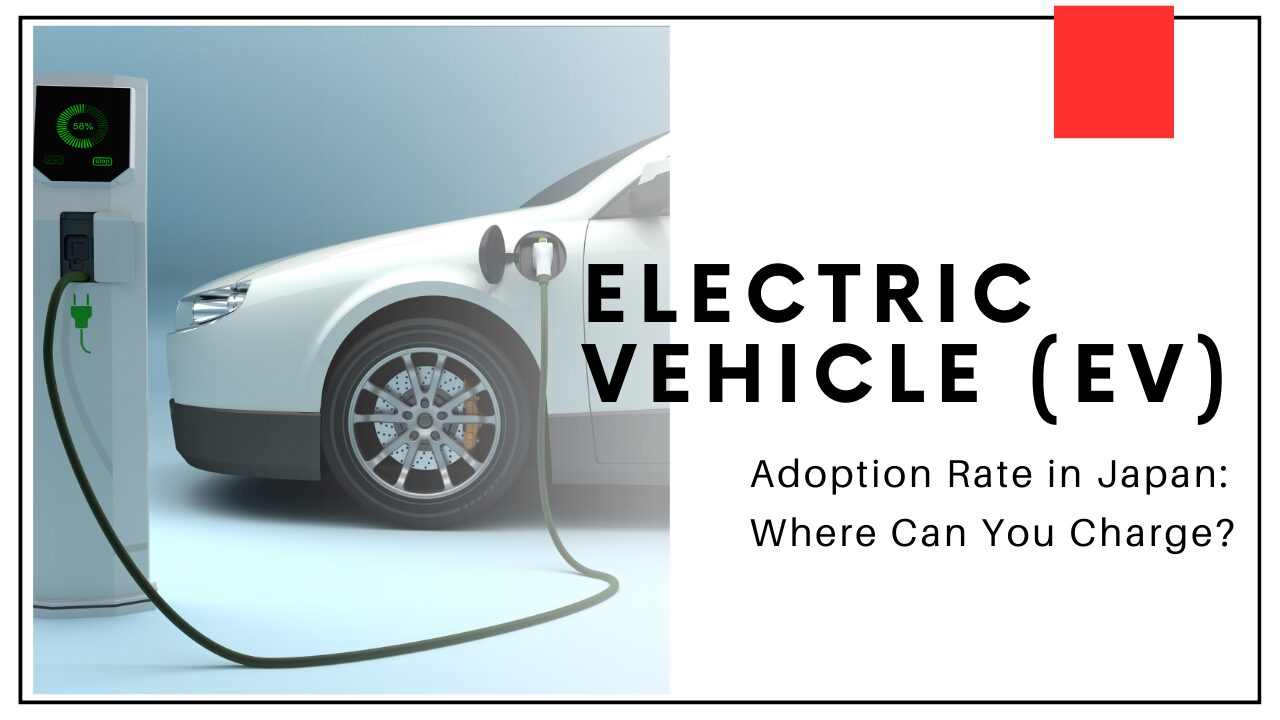


COMMENT